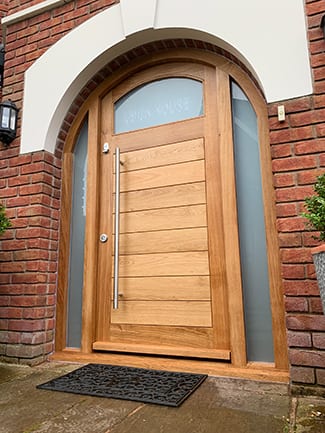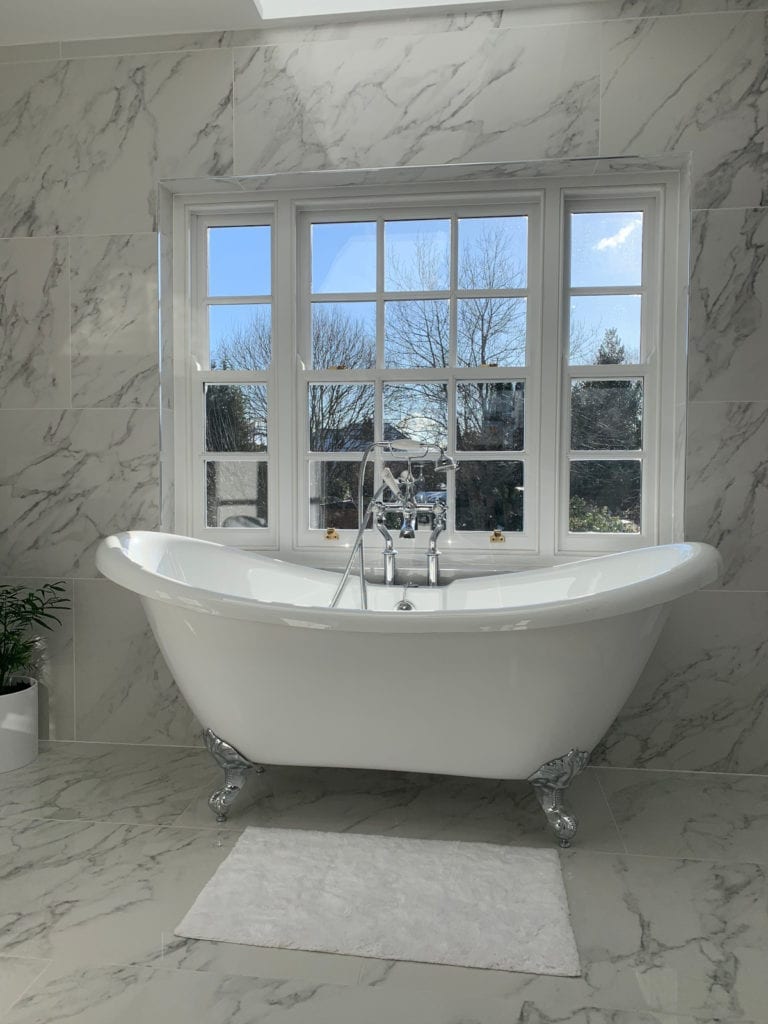Casement V Sash Windows: Which Is Right For Your Home
With the ability to transform the overall look of your property, the windows in your home play just as an important part as any other element of your interior design aesthetically.
Crucial to the functioning, security, aesthetics, value, and outgoing costs of your home, it’s important that the windows you choose are right for you and your property.
Casement windows and sash windows are among the most popular styles on the market. So which is the best fit for you and your home, and how can you be sure you’re making the right choice?
Our quick read from Managing Director Chris Holland will give you the information and insight you need to make the right call.
The Importance Of Aesthetic Appearance
Both casement and sash windows can be used with a variety of architectural designs – although sash styles are more commonly associated with traditional Georgian and Victorian homes and bring a stunning aesthetic quality to any property.
Despite the fact their casement counterparts have been around for longer, it is the sleek appearance of Sash Windows that continue to lend them well to contemporary and modern architecture as well as classical and traditional homes.
Modern casement windows feature one panel of glass which swings out vertically, offering unobstructed views of the world outside, while sash windows traditionally feature two panels that open by sliding up and down or from side to side.
Energy Efficiency Of Your Windows is A Critical Consideration
Windows are one of the main sources of energy loss in any home. And when you’re letting warm air out, and cool air in, there’s going to be an impact on your heating bills.
While modern casement and sash windows can both feature double and triple glazed glass to improve insulation, it is around the edges of the frames that the differences between the two styles lies when it comes to energy efficiency.
Casement windows have a strong seal on all four sides so that when they are closed the sash presses tightly against the frame so air cannot leak in and pass through into your home.
Both thermal and weather resistant, casement windows are specially designed to fit effortlessly against the weather seal within the frame, keeping the outside elements exactly where they belong.
Sash windows, on the other hand, are more likely to let air in or out, resulting in higher heating or cooling costs over time. Even most new models of sash windows have some degree of air transmission.
Air Flow And Ventilation
While windows play a crucial role in home insulation, ventilation is also one of their primary requirements.
As traditional casement windows open outwards, they have no problem flooding any room or space with fresh air when you want it. Casement windows open from top to bottom, allowing an unimpeded passage of air into your home when the thermometer rises.
Sash windows have a more limited air flow capability due to the fact a solid piece of glass will still cover the top half of space even if pushed all the way up.
Ease of use and Functionality of Your Windows
Due to single-lever latches, casement windows are easy to operate, opening and closing smoothly every time.
Typically, people find it more difficult to push a sash window up and down. However, modern sash designs now feature spring-loaded systems which make them easier to raise and lower.
Security and safety
Casement windows are the most secure consumer window type on the market. Unlike other window types, the hardware is concealed within the frame making them almost impossible for an intruder to pry open without breaking the glass.
The fact that their design means an entire pane of glass swings outwards when open means they also offer larger space to escape should you need to get out of your home in an emergency.
Given that just one panel of a sash window can be opened at a time, they are a lot more difficult to clamber through than casement windows – which is a positive when it comes to keeping intruders out. Their design also makes it easy to incorporate additional safety features such as locks and child safety devices to bolster security if needed.
Pros & Cons At A Glance:
Casement Windows
Pros
- Versatile: Can be used with both modern and traditional designs
- Energy efficient
- Wide open ventilation
- Easy to open
- Unobstructed views to the outside
- Easy to clean from inside
- Superior security
- Low maintenance
Cons
- Typically more expensive
Sash Windows
Pros
- Suited to traditional home design
- Can be cleaned from inside
- Safe and secure
- Aesthetically pleasing
- Low maintenance
Cons
- Poorly fitted windows may leak air
- Poorer ventilation when opened in comparison to Casement Windows
- Less energy efficient compared to Casement Windows
- Potentially obstructed views of the outside




